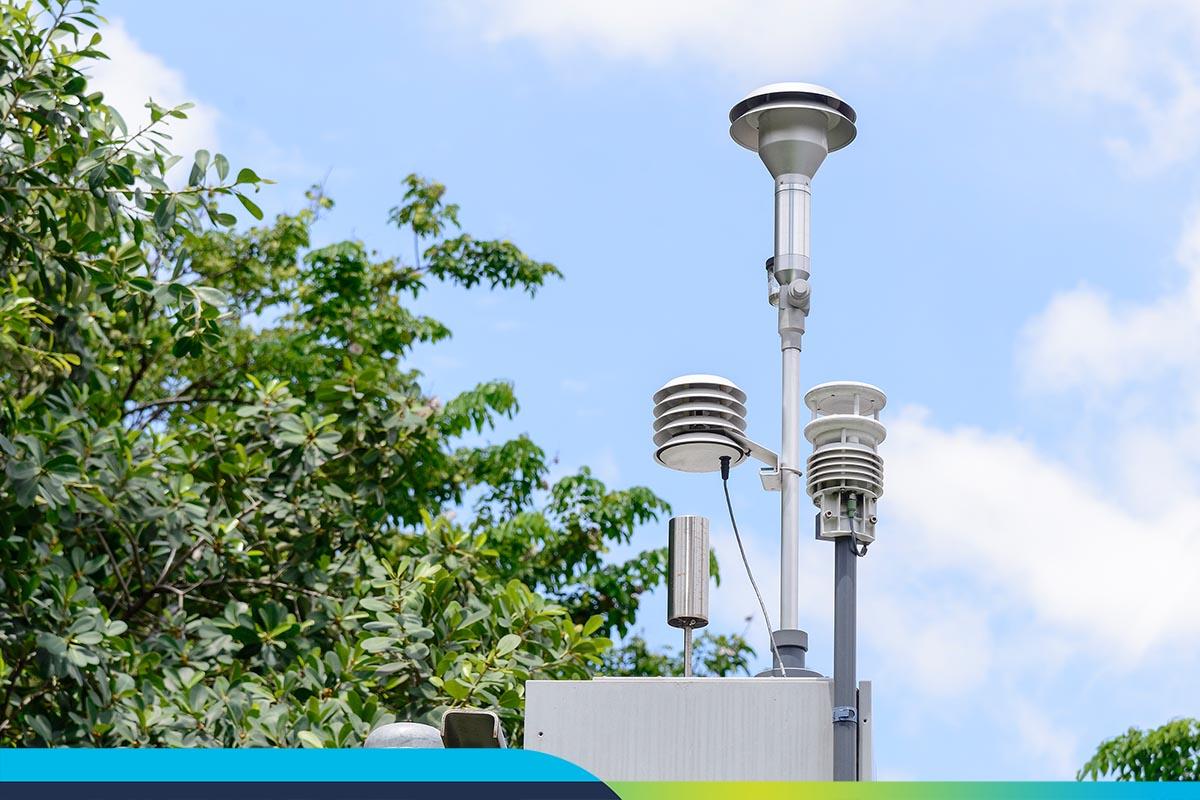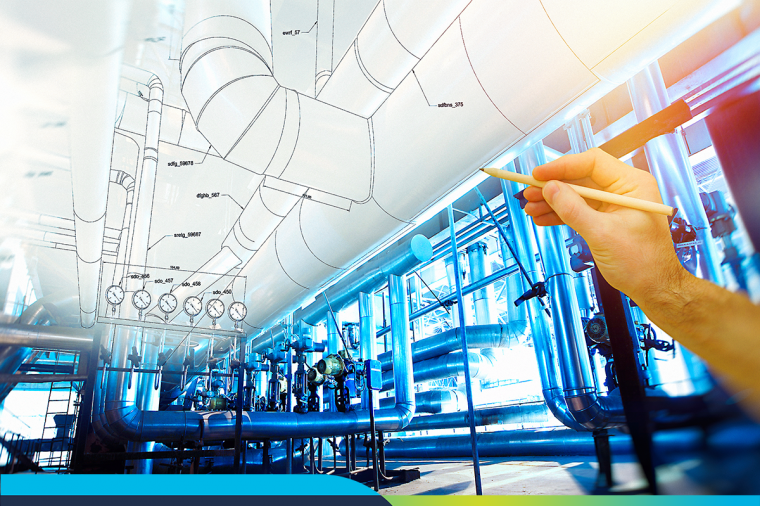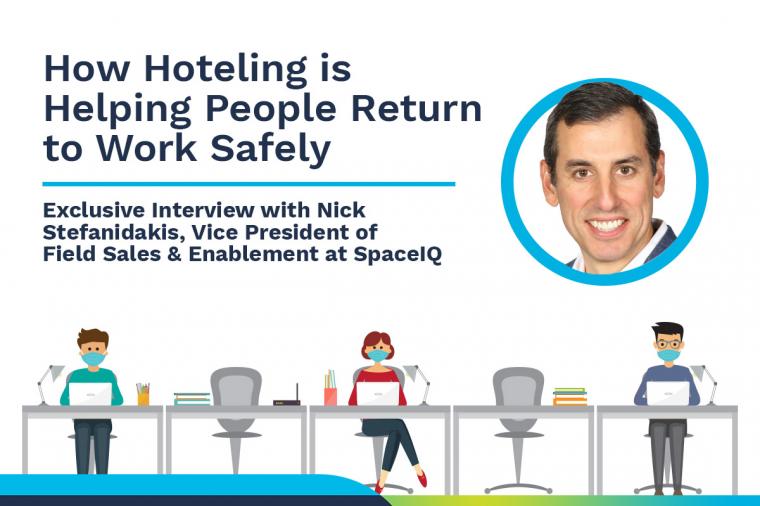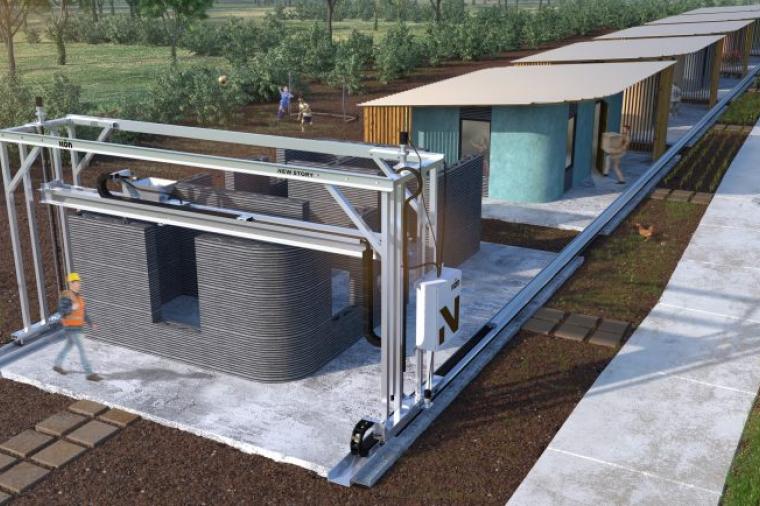An Operations and Maintenance Approach to Improving Air Quality

The COVID-19 pandemic has been disruptive to physical workplaces for so many reasons. One of the biggest challenges for businesses has been adapting offices to new and often equally disruptive safety standards – social distancing, sanitization, contact tracing, etc. While there’s keen emphasis on these practices, indoor air quality (IAQ) in many offices is only now getting the attention it deserves.
Buildings that sat idle and empty for 12-18 months—or operated at a fraction of capacity—are likely behind on capital systems maintenance, including HVAC. And while companies are mindful of mitigating the presence of airborne COVID-19, there’s need for broader IAQ improvement.
Operations and Maintenance (O&M) teams need to embrace a condition-based maintenance program for air handling systems, to solidify employee health as a prevalent pillar of facilities management.
Recognize the demand for better air quality, at scale
The biggest challenge facing O&M teams when it comes to IAQ improvements is scale. Preventive maintenance best practices recommend making almost 1,000 HVAC checks per year, spanning both predictive and corrective focuses—something few companies can hold true to. Yet, it's vital in maintaining a superior standard of IAQ.
At-scale, a manual approach to commercial HVAC maintenance quickly becomes ineffective. Techs can’t check every component of an air handling and distribution system, while also tending to emerging and known issues in a reactive capacity. Even beyond time and manpower constraints, the cost of a manual maintenance approach is prohibitive. It’s simply not feasible, especially as emphasis on IAQ grows.
Automate fault detection and diagnostics
As O&M teams regroup to improve IAQ in the workplace, they’re left asking how to address HVAC demands without relying on a manual, reactive solution. The answer is through automated fault detection and diagnostics, made possible by the Internet of Things (IoT).
IoT sensors allow techs to stay abreast of mechanical issues in real-time—problems affecting IAQ, such as stuck dampers, broken valves, and clogged filters. Paired with Fault Detection and Diagnostics (FDD) software, O&M teams unlock condition-based maintenance opportunities not otherwise possible. That, and a wealth of data about the performance of the building’s many air handling components.
Modern IoT sensors not only detect faults - combined with FDD software, O&M teams can create a framework that employs AI to learn about HVAC systems, understand performance, optimize efficiency, and, most important, recognize threats.
Integrate with core facilities management systems
A modernized IAQ strategy ultimately ends with a link to an Integrated Workplace Management System (IWMS), like Archibus. An IWMS centralizes broad IoT and FDD data into a dashboard model, to bring clarity and actionability to condition-based maintenance. This synergy enables ticketing for and management of key tasks, including:
- Scheduling air filter replacements
- Cleaning for HVAC units
- Inspections for key HVAC infrastructure
- Examination of registers and exchangers
Beyond the value of visible, scheduled tasks, IWMS enables better IAQ efforts through data-driven insights. O&M teams can learn the true cost of unresolved maintenance tasks, identify irregularities in performance, and prioritize tasks. It adds up to a better standard of maintenance, which rolls into better, safer IAQ.
Every employee deserves to breathe deeply, safely
An under-maintained, under-performing air handling system affects the entire building and everyone in it by virtue of poor air quality. Whether it’s COVID-19 or a bout of Sick Building Syndrome (SBS), HVAC is a catalyst for illness when it falters or fails.
It’s up to O&M teams to implement the systems to make sure every cubic foot of air handled is clean, safe, and comfortable. That means shifting to a condition-based maintenance strategy—one made possible by the IoT and FDD software, and tied into an IWMS that’s robust enough to provide data-driven support for a smarter IAQ strategy.
















































